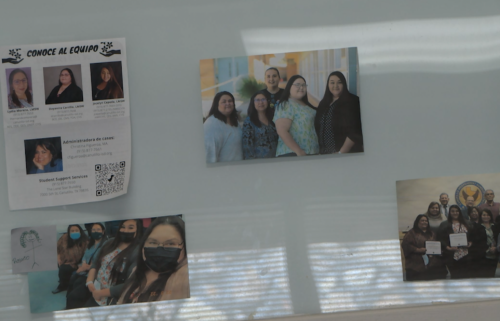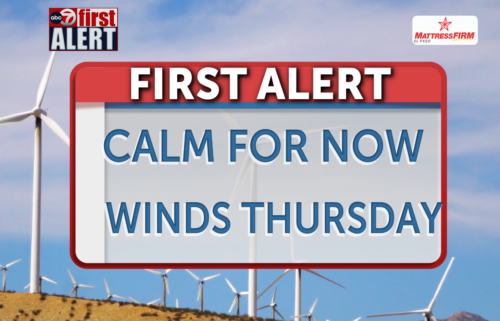Travel to Costa Rica during Covid-19: What you need to know before you go
CNN
CNN Staff
If you’re planning to travel to Costa Rica, here’s what you’ll need to know and expect if you want to visit during the global coronavirus pandemic.
The basics
Costa Rica opened back up for tourism in November 2020. The country has eased restrictions in recent weeks and is looking into creating a digital nomad visa to drum up visitors who’ll make lasting contributions to the local economy.
However, a new wave of the virus has taken off in 2021, with hospitals “dangerously full” at the peak, and Costa Rica being high up on the board of the most new cases globally.
What’s more, the Delta variant has now arrived in Costa Rica, leading it to be added to other countries’ banned lists.
What’s on offer
Costa Rica is known for its “pura vida” (pure life), and, pandemic aside, the vida is still pura here. This is a country for nature lovers, with both a Caribbean and Pacific coast, and jungle covering about a quarter of the country. Whether you’re here for the cloud forests, the volcanoes or the incredible nature and wildlife, your shoulders will definitely drop a few inches. Most visitors pass through capital San José as a mere routing point, but it’s a beautiful city, with stunning architecture, public art and museums.
Who can go
Everyone. Costa Rica opened back up — even for tourism — on November 1, 2020. However, there are of course restrictions. And standard visa regulations still apply.
What are the restrictions?
There’s no need for a negative Covid-19 PCR test result as there was initially. All passengers must fill out a Health Pass within 72 hours of travel. The website gives a QR code that you should show on arrival.
From August 1, fully vaccinated adults and anyone under the age of 18 (regardless of vaccination status) will be exempt from the requirement for travel insurance. Proof of vaccination — which must have taken place at least 14 days prior to entry — can be added to the health pass.
Anyone not fully vaccinated must have insurance which covers potential quarantine accommodation up to $2,000 and medical expenses of at least $50,000 related to Covid-19. This must be accompanied by a certificate in English or Spanish, giving the policyholder’s name, the dates of coverage and guarantees as stipulated above.
Residents and Costa Rican nationals may be subject to self-isolation on arrival.
The land borders, which had been closed to nonresidents, reopened April 5 to visitors not needing a visa. The previous 14-day quarantine for those entering via land has also been abolished as of April 5.
America’s CDC classes the risk in Costa Rica as “very high” and says US citizens should “avoid all travel to Costa Rica.” Even fully vaccinated travelers are at risk of catching variants, it says. It has kept this advice through June, even though it has downgraded other countries with high infection rates.
Meanwhile, the UK added Costa Rica to its “red list,” meaning travelers coming from there will be subjected to hotel quarantine, on June 3. Its position on the red list has been renewed.
What’s the Covid situation?
Costa Rica has seen just under 413,000 cases and 5,087 deaths during the pandemic, as of August 5. Case numbers have risen fast in the second wave — they doubled in April, and May saw record infection and death rates, according to the government.
On April 28, the authorities were warning that patients were having to wait for hospital beds; two weeks later, there were 432 Covid patients in intensive care countrywide, well past the maximum optimal number of 359. By May 20 the number had risen to 520. It is the fullest the wards have been to date during the pandemic.
On May 5, PAHO — the Pan American Health Organization — warned that hospitals in the region are “dangerously full.”
On July 20, the government announced that the Delta variant had arrived.
Along with Mexico, Costa Rica was one of the first countries in Latin America to receive vaccines in December 2020. Over 3.6 million vaccination doses have been given so far, with a total of 17.09% of the population fully vaccinated as of August 13.
What can visitors expect?
Things are getting back to a relative normal. National parks and beaches are open — the latter till 6 p.m.. Restaurants and bars have reopened, but clubs have not, and concerts and large groups are banned. Businesses must close at 11 p.m., however.
There is a nightly curfew from 11 p.m. to 5 a.m. Driving restrictions, which had ended, have been brought back in an attempt to stabilize infection rates. This is done via license plates. Cars with plates ending in even numbers (including 0) may circulate on even dates. Cars with plates ending in odd numbers can on odd dates. Rental vehicles are exempt from these rules. There is a total driving ban from 9 p.m. to 5 a.m.
Beaches are open from 5 a.m. to 6 p.m. National parks are allowing 50% capacity. Bars are operating at 25% capacity, and hotels at 75%. Concerts, nightclubs, fairs and other large gatherings are banned.
In an attempt at recovery, the country is planning a roll-out of year-long visas for digital nomads, with the possibility of renewal for one more year. Currently there’s a 90-day limit on tourist stays. Applicants would be able to take their family along with them, and will not be liable for income tax. Digital nomads have flocked to Costa Rica in recent months.
The project was passed provisionally on July 14 and is now awaiting a presidential signature.
Authorities did not bring back further restrictions for Easter week, traditionally a peak travel period, but instead urged citizens to play it safe. Instead they suggested people travel to national parks, where they can be safer outdoors while helping to reboot the tourist sector.
Useful links
Our recent coverage
Back in August, Costa Rica was one of the first countries to allow Americans in, opening to visitors from six US states. Or read about this reforestation project for the great green macaws. Ready to book? Check out what to do in San José.
The-CNN-Wire
™ & © 2021 Cable News Network, Inc., a WarnerMedia Company. All rights reserved.
CNN’s Julia Buckley contributed to this report




